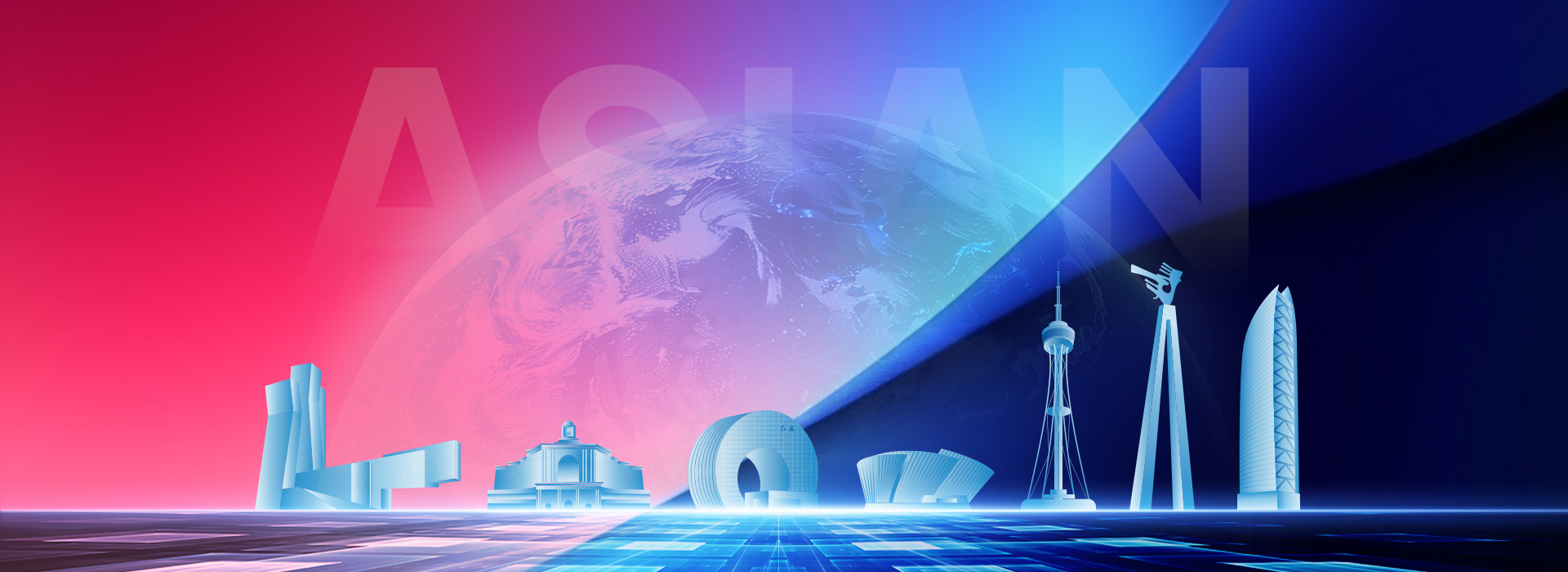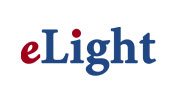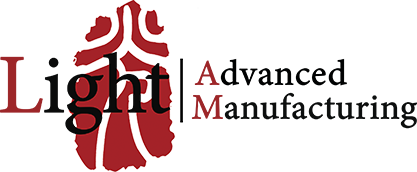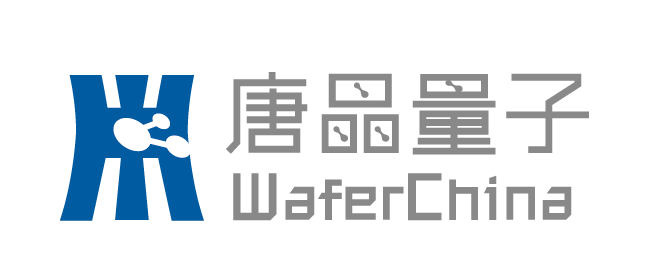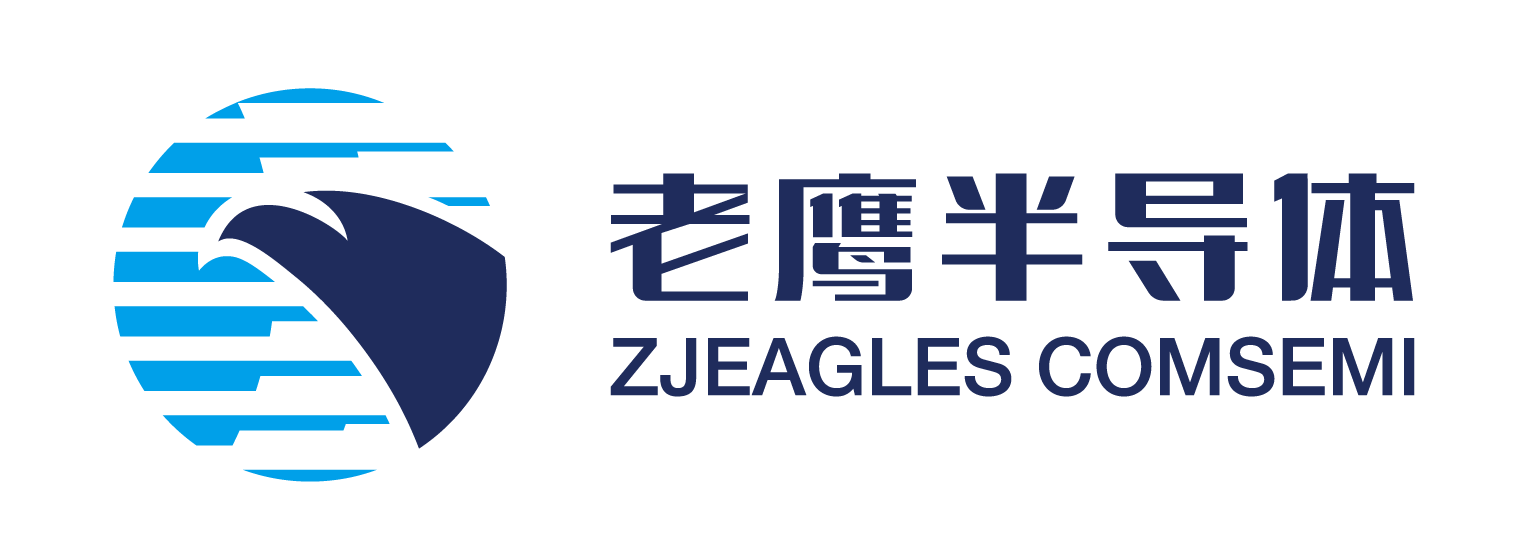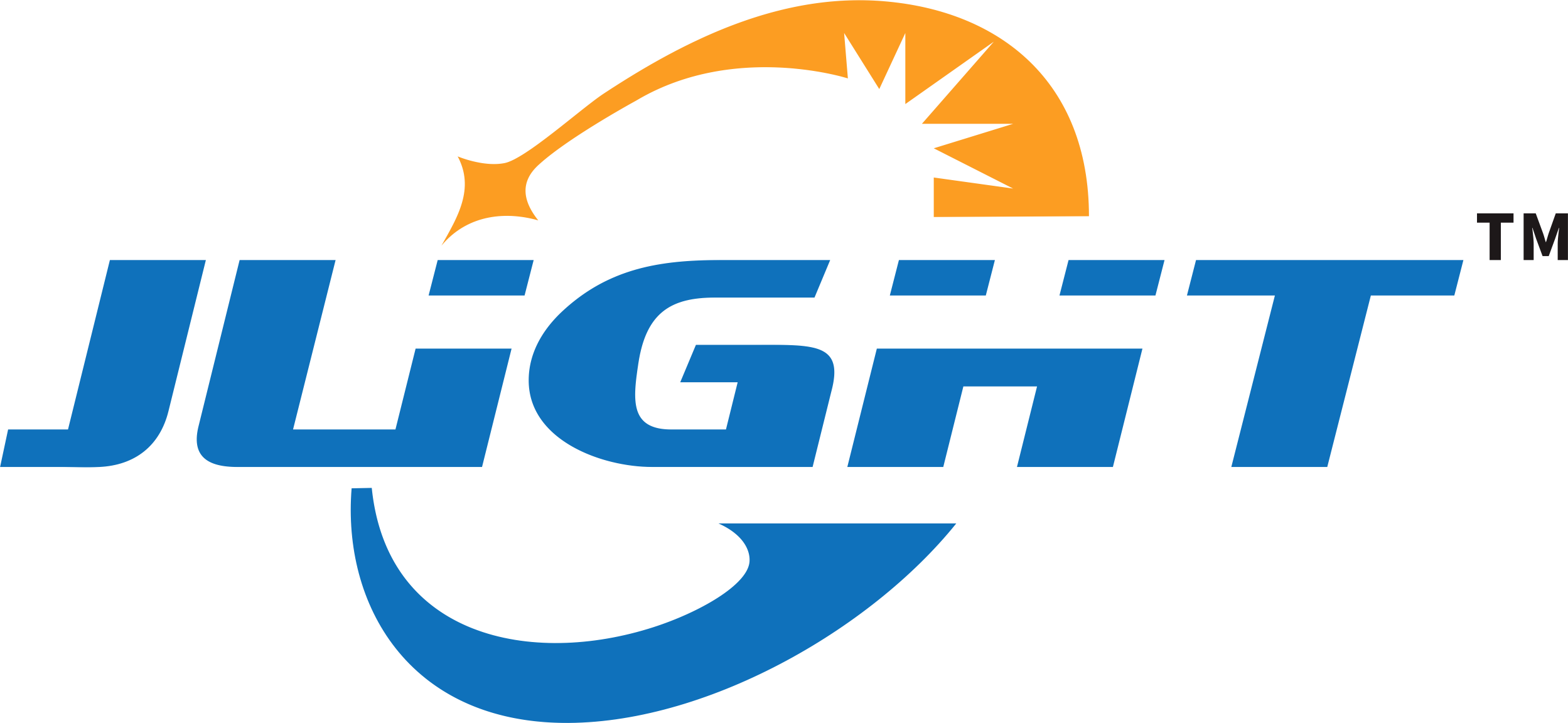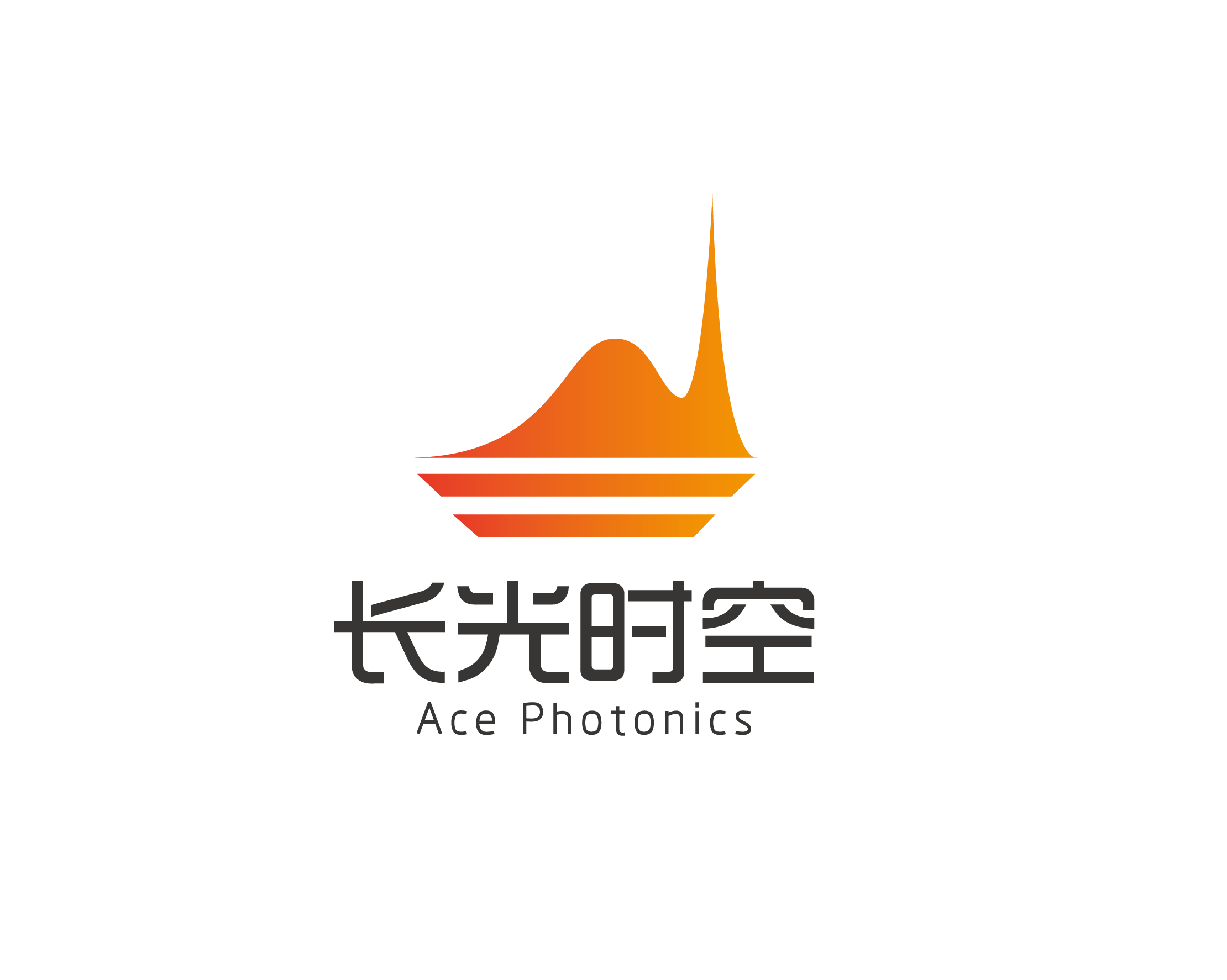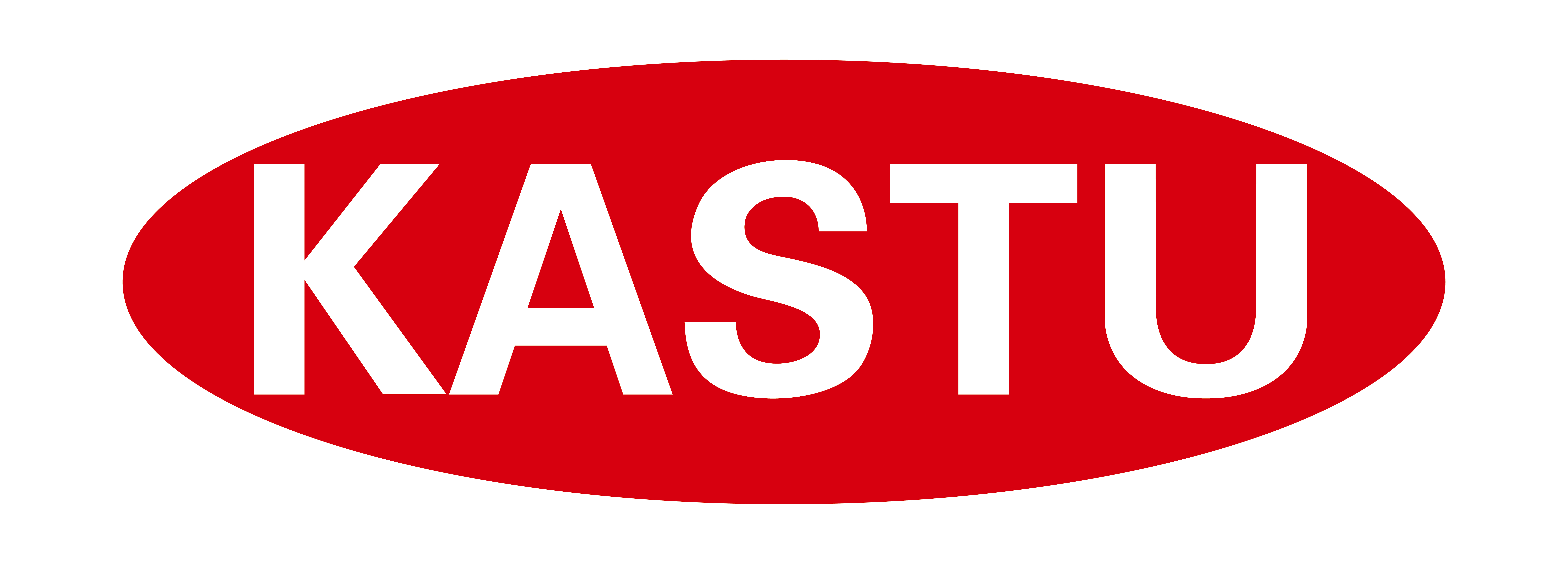About Asian VCSEL-Day 2025
The Asian VCSEL Day has become one of the most important annual events in the VCSEL research and industry community. Following the great success of the 1st and 2nd Asian VCSEL Days in 2023 and 2024—which brought together nearly 250 leading experts, researchers, industry professionals, and young scientists from across Asia—the upcoming 3rd Annual Asian VCSEL Day will take place on October 12–14, 2025, in Changchun, China.
This event will once again provide an excellent platform for knowledge exchange, insightful discussions, and networking opportunities among academic researchers, technology developers, and industry leaders. It will feature a series of invited talks by internationally recognized experts, as well as opportunities for young scientists and professionals to present their work and connect with potential employers in the rapidly growing VCSEL field.
Honorary Chair International Chairs International Committee Local Chairs Local Committee TPC Chair TPC Committee
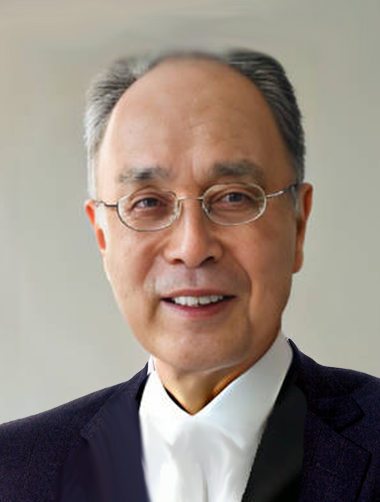
Kenichi Iga
Institute of Science Tokyo
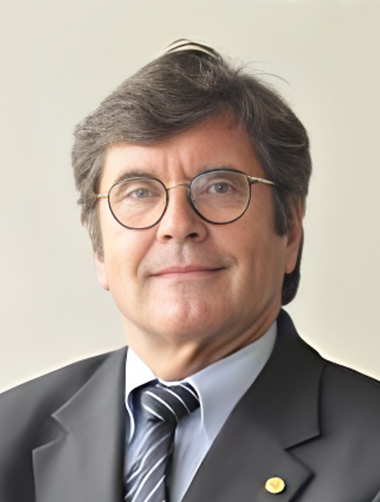
Dieter Bimberg
CIOMP & TUB
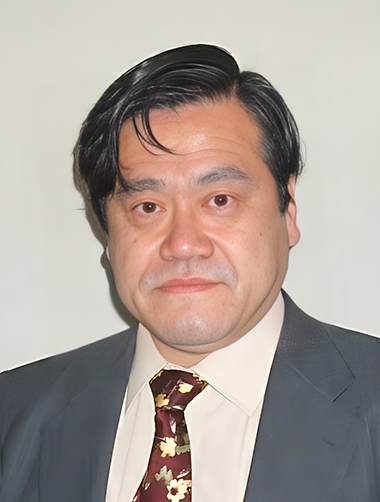
Fumio Koyama
Institute of Science Tokyo

Connie Chang-Hasnain
Berxel Photonics Co., Ltd.

Jun (Mike) Wang
Suzhou Everbright Photonics Ltd. Co.

Cunzheng Ning
Shenzhen Technology University
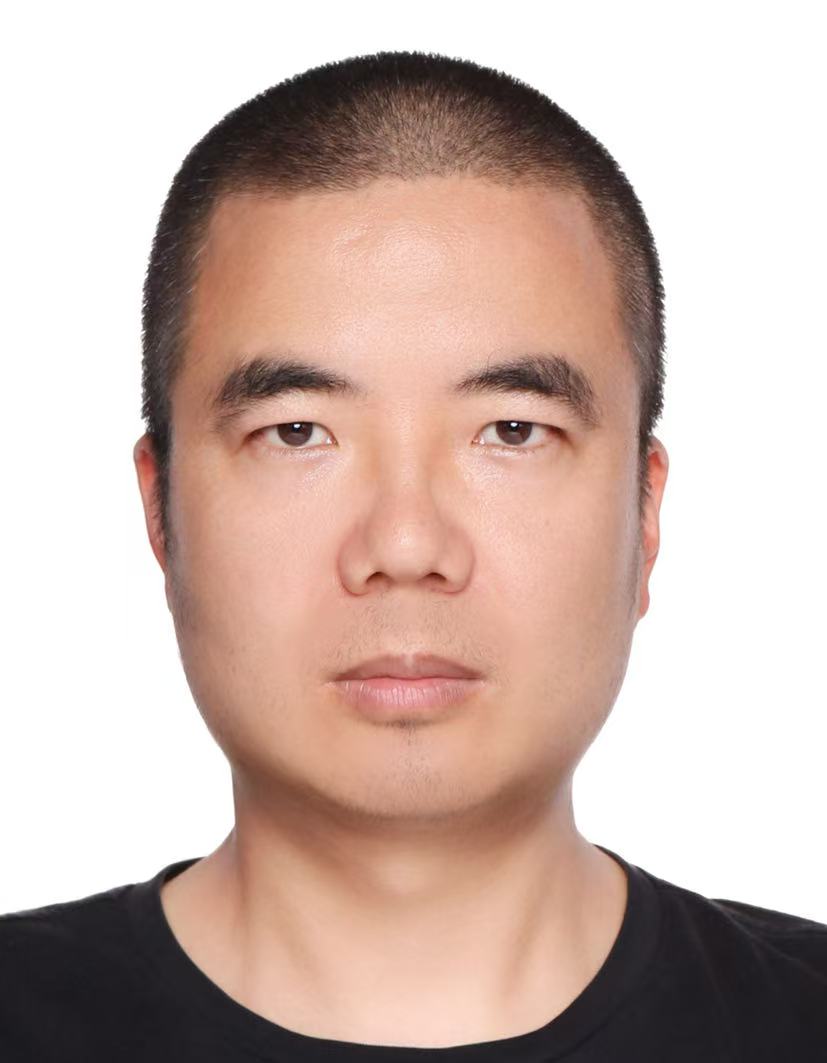
Pan Cao
Huawei Technologies Co. Ltd.

Lijun Wang
CIOMP

Xuejun Zhang
CIOMP
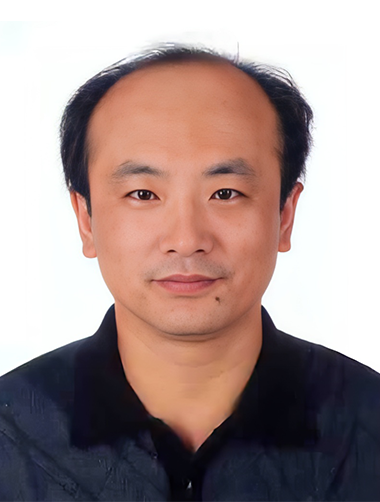
Yongqiang Ning
CIOMP

Cunzhu Tong
CIOMP

Ying Zhang
CIOMP

Sicong Tian
CIOMP

Dabing Li
CIOMP
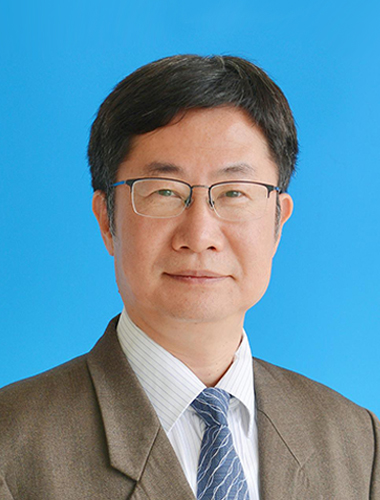
Baoping Zhang
Southern University of Science and Technology & Xiamen University
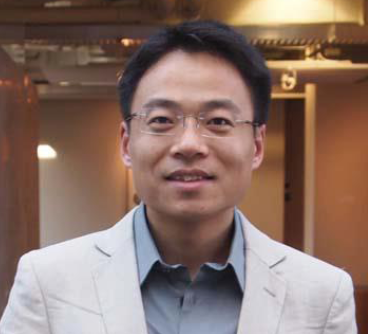
Ling Lu
Institute of Physics, CAS

Xinzheng Zhang
Nankai University
Invited Talks
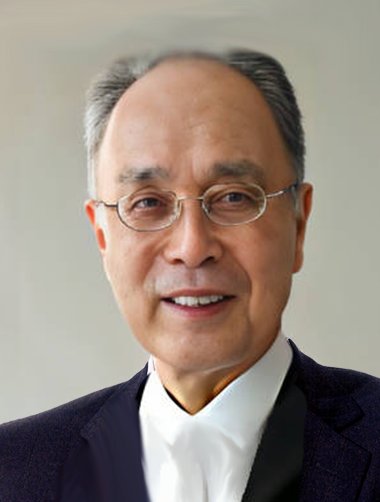
Kenichi Iga
Institute of Science Tokyo

Fumio Koyama
Institute of Science Tokyo
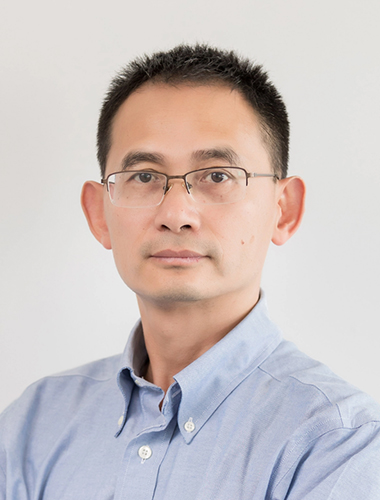
Jun Wang
Suzhou Everbright Photonics Ltd. Co.

Yun Bao
Alibaba

Friedel Gerfers
TU Berlin

Xiaojie Guo
Huawei Technologies Co. Ltd.

Yakov Kovach
Ioffe Institute, Saint-Petersburg,
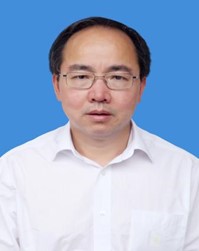
Maolong Ke
WaferChina Co. Ltd.
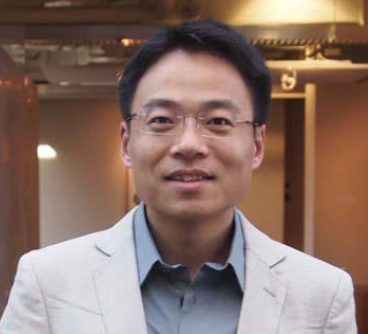
Ling Lu
Institute of Physics, CAS
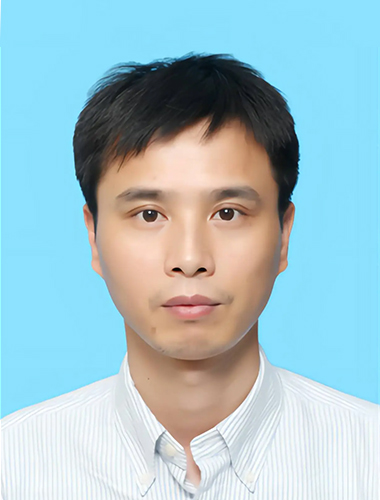
Anjin Liu
Institute of Semiconductors, CAS

Zhiyuan Lin
Huawei Technologies Co. Ltd.
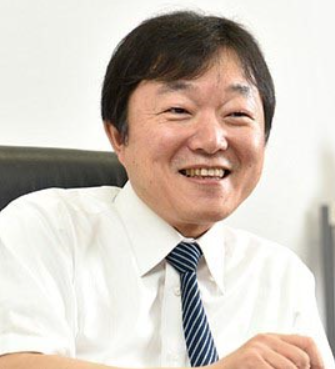
Susumu Noda
Kyoto University
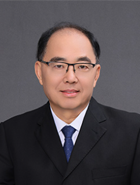
Cunzheng Ning
Shenzhen Technology University
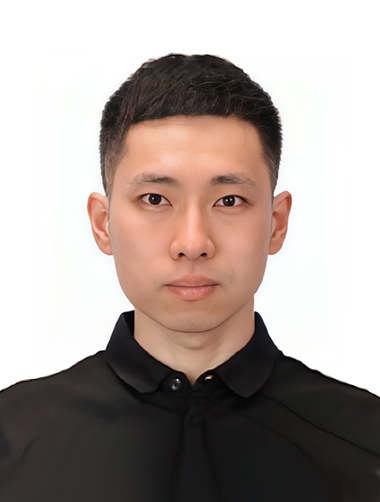
Sicong Tian
Changchun Institute of Optics, Fine Mechanics and Physics, Chinese Academy of Sciences

Tetsuya Takeuchi
Department of Materials Science and Engineering, Meijo University
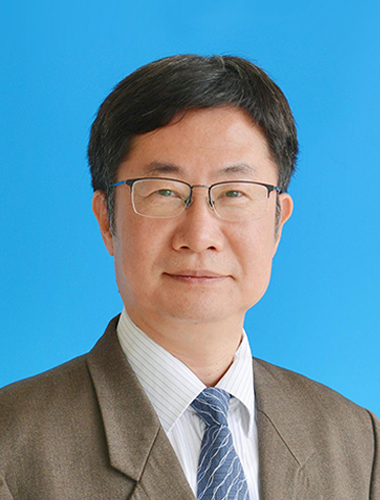
Baoping Zhang
Southern University of Science and Technology & Xiamen University
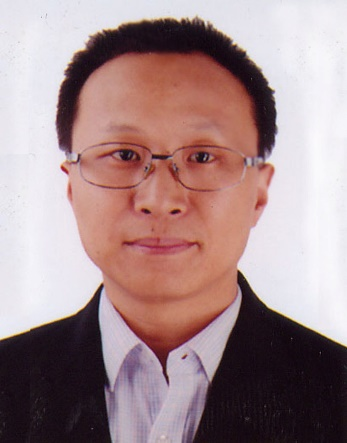
Xinzheng Zhang
Nankai University
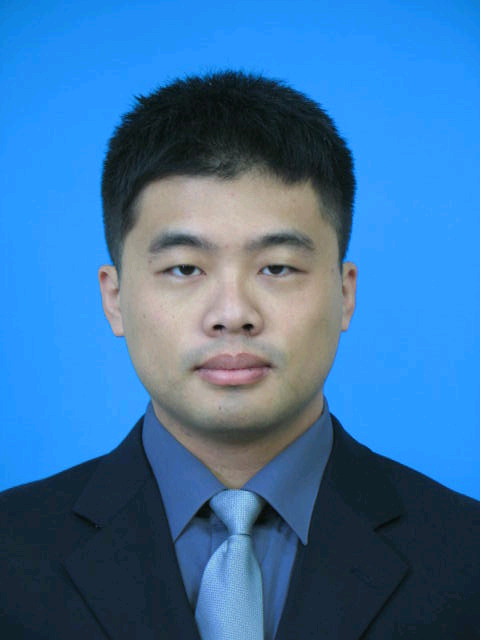
Yongyi Chen
Jlight Semiconductor Technology Co. Ltd.

Li Wang
Eastern Institute of Technology
Hosts
Organizers
-

Bimberg Chinese-German Center for Green Photonics of Chinese Academy of Sciences at CIOMP
-

Institute of Science Tokyo
-

Light Publishing Group
